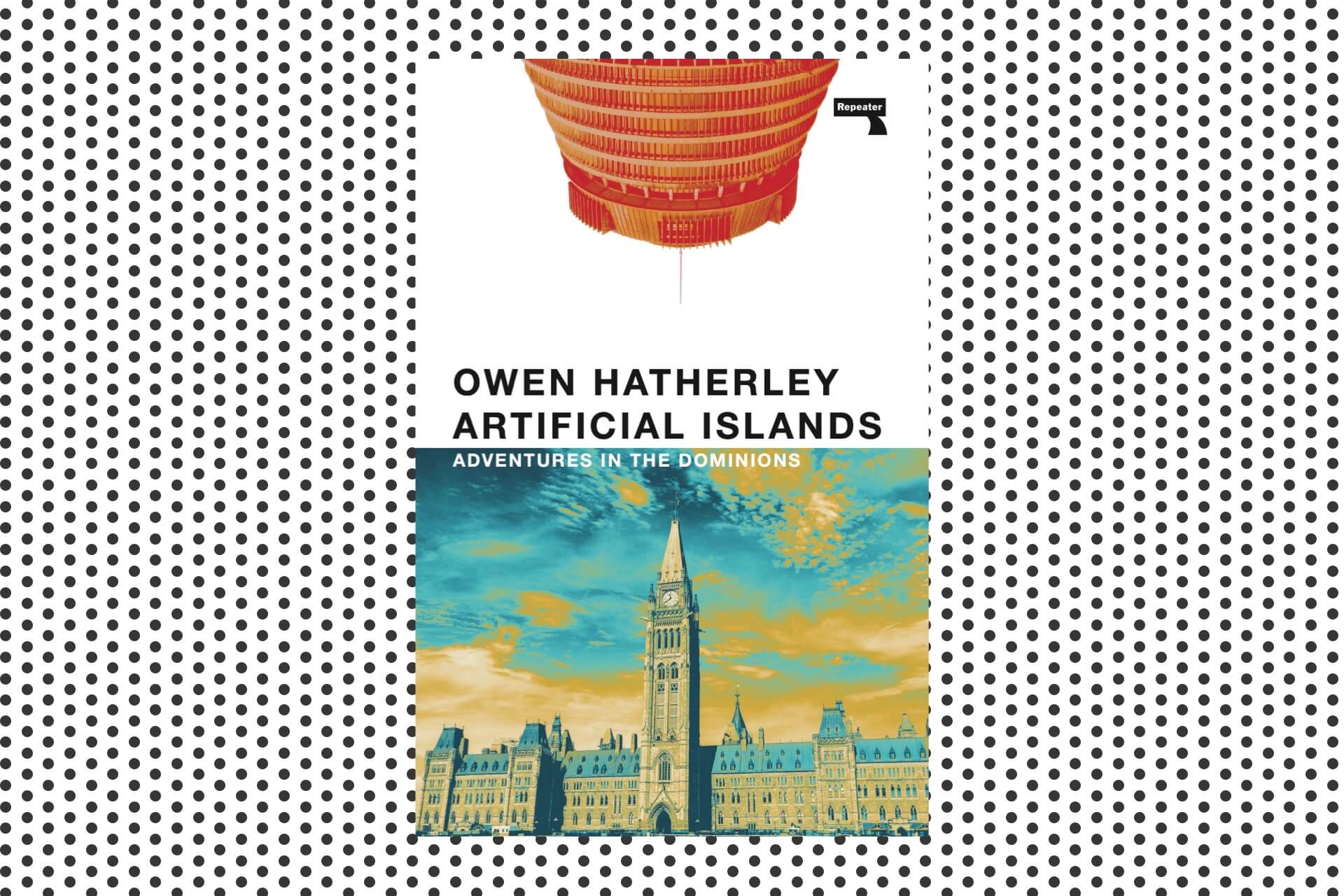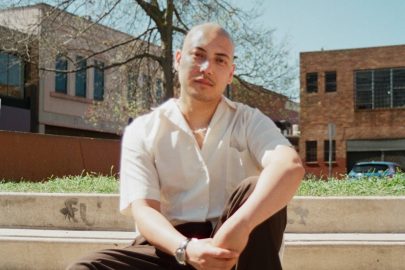Apr 23, 2023 Books
Nothing — and I really mean nothing — gets my hackles up quicker than a British man telling me that, actually, Auckland sucks. The first I heard of Owen Hatherley was a third-hand account of a Twitter tantrum he had during a visit to New Zealand in 2019. His attempts to engage with the built environment of Auck- land appeared to be thwarted at every turn, primarily due to the city’s car-dominance and his lack of a driver’s licence. Given the digital haranguing that Auckland received during his trip, I was intrigued to read the resulting book.
Artificial Islands: Adventures in the Dominions intends to test the flawed notion that a post-Brexit Britain’s future lies in a proposed alliance with their “closest relations”: Canada, Australia and New Zealand (through CANZUK). Hatherley visits and then critically reflects on the architecture of five cities within this group (Montreal, Ottawa, Melbourne, Wellington and Auckland), for British audiences. I wondered: does this book reflect an ongoing geographic centring of British perspectives on its former colonies, or does my resistance to his critical engagement with our built environment come from my own arrogant pride in a city with numerous faults? Am I too forgiving of Auckland in its failures?
Artificial Islands has a broad mandate, but I’ll focus on speaking from where I stand — in Tāmaki Makaurau. And, well, this city did not leave a good impression on the writer: “after nearly two weeks in Auckland I had no idea exactly what it actually was — it had no obvious architectural or social identity, no common style, no sense of place I could really work out”. He goes on to argue that “everything seems to have been imported from somewhere else, somewhere much duller, and shoved into this place at random”, often “rudely onto steep slopes”. Hatherley also takes issue with a number of singular buildings. He refers to Auckland War Memorial Museum as “the architecture of shell shock”, with placement that is “not just inept, but grotesque”. The Civic is patronisingly dismissed as “cute”. And the quality of most of our buildings, he says, is at the level of minor public buildings in small towns across Britain.
The book is most successful where it takes a broader viewpoint and denaturalises our familiar-to-us built environment. His outsider’s perspective provides a useful distance here, helping him explain why our central city shifted in form so rapidly with the rise of neoliberalism. He notes the presence of “a neurotic anti-urbanism that equally neurotically became a super-urbanism in the 1990s”. “[A] city that once fought nice four-storey Modernist apartment buildings to death because they weren’t bungalows”, he goes on, “then suddenly opted for mirror glass skyscrapers and flimsy thirty-storey condos”. The shock of this sudden and highly speculative super-urbanism can help explain some of the ongoing resistance we have to — more modest — attempts at densification.
Infuriatingly, in recognising Auckland’s broad failings (car-centrism, unaffordable housing, “prairies” of villas), Hatherley is often correct. His whistlestop architecture tour identifies different routes we could have taken to build a different kind of city. Building projects like Fred Newman’s 1940s Symonds Street Flats, and the public housing on Greys Ave from a similar time period, illustrate approaches to a denser, more intentional form of urban living in this country. As a resident of Parliament St (Auckland 1010), I often feel that I’m inhabiting (for as long as my landlord will allow) one of these alternative realities in the present: a leafy, faux-Parisian central-city existence.
Hatherley explains where these roads-not-taken, these alternative cities within our urban form, fit within the framework of European urban planning successes. But seeing the potential for this city to evolve in a different direction was harder for him to spot. Although there are gestures to the potential of homegrown, Māori and Pasifika architectural traditions — he is rightly impressed by the Fale Pasifika at the University of Auckland — this engagement is limited by the spatial restriction of his tour. Hatherley’s focus on the centre of the city, informed by just one visit to an inner-city suburb — hilariously, he was told to go to Parnell as “The Cool Place” — has severely limited his understanding of Auckland. And yet surely the past, present and future of our urban form — the exciting, hopeful elements of it — are most visible in spaces he did not reach. One example of this, among many, would be the groundbreaking work Ngāti Whātua Ōrākei is doing to reimagine housing on this lively, green isthmus, including developments at the Ōrākei papakāinga like the 10 recently opened homes built specifically for kaumātua.
The collective analysis of the cities Hatherley has chosen (and their relationship to empire) is intriguing. Nonetheless, I wish he had focused on one of two projects: either explaining the identifiable traces and the ongoing presence of Britain in our built landscape or, alternatively, reading the cities “for difference” (in the words of feminist geographer JK Gibson-Graham) — engaging more with how alternative worlds are already emerging in varied ways in these places.
The time of visiting arbiters and their snap judgements should be past — because such visitors lack deep, sustained engagements with place and because of the climate impact of such practices, which Hatherley does recognise in the book. And yet I get a bristling pleasure as I read that Auckland “boasts probably the most ugly, baffling and outright nasty built environment of any large city I have ever visited”. What is this desire to ‘get’ a city that others do not understand? What is my love of Auckland? Is it simply a perverse pride, an arrogance, a denial of the obvious? A love of difficulty? Or have I simply got used to disappointment? I don’t want this defensiveness to breed stasis, or an ongoing resistance to change and criticism.
Do we denizens of Tāmaki Makaurau just need to be liked — to be approved of? (Did Dua Lipa enjoy Waiheke?) In the moments we hear praise of our sparkling oceans, lush greenery and sticky, bright summers, we forget the material realities and difficulties of life in this city. Oh, Hatherley, please tell me it’s liveable, tell me it’s pretty, tell me it’s worth it.
And yet.
Knowing all this, I still really, truly wish that someone had realised what was happening. That someone had realised Auckland was going to get a bad review. And that that someone had swooped in, popped him in their gas-guzzler and taken him to Piha.
Artificial Islands: Adventures in the Dominions
by Owen Hatherley
Repeater Books
$30
–






